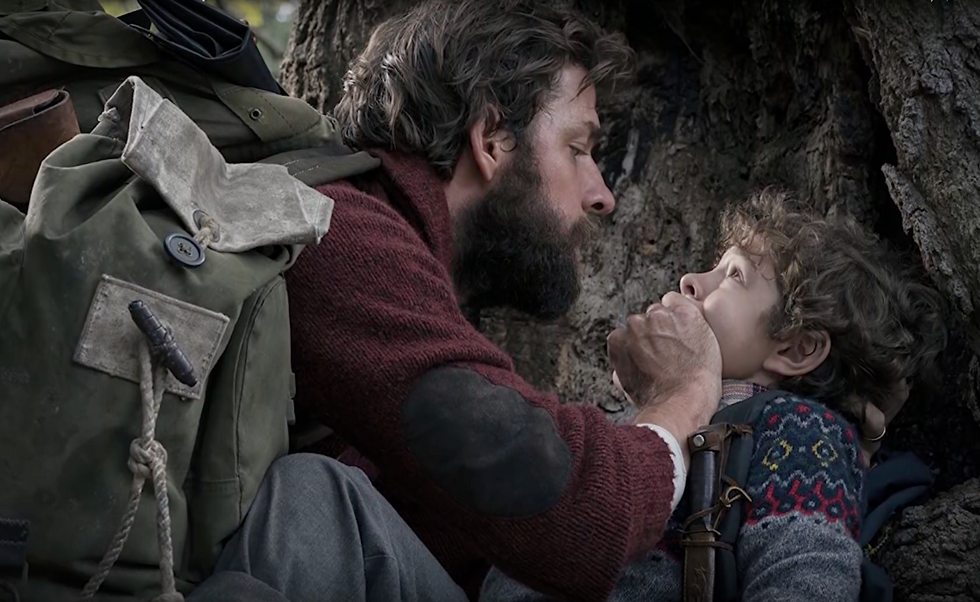Silence is a useful tool in a filmmaker's arsenal. Just as music and sound mixing can add immensely to the effectiveness of a scene, silence provides the same kind of power. Perhaps even more so. It's worrying how little silence is actually employed successfully if it is actually utilized that much, to begin with. The screen almost always has something going on. Somebody is talking. The orchestra is playing their violins, drums, and trumpets. Explosions, the crackling of a fire, the clap of thunder, footsteps, etc. All of these sounds, in the right hands, are essential to absorbing a viewer into the events happening onscreen. So why don't most movies try to balance silence and sound more potently?
I believe it might begin with 21st-century filmgoers. Modern audiences are used to noise, and the absence of this factor makes them uncomfortable. Many modern filmmakers understand this, and they typically avoid scenes where there is little going on unless the scene is meant to be particularly sad or dramatic. These moments distract more than they have an effect on the audience, but that's beside the point.
The point of silence is to evoke a strong emotion or to steadily build toward a release. Strong emotions tend to be sadness, terror, or happiness. Strong emotions come from a long period of silence that follows when a character dies or when danger is looming. Silence also helps to reach toward a climax of some kind. Whether that climax is the release of tension in a terrifying horror movie or the release of a person's thoughts on a contemplative art film, silence usually leads the audience into a feeling of expectation that something is happening or about to happen.
Curiosity is a key component of most film stories, and silence assists in drawing this out. Without silence, a film constantly stimulates an audience member. They grow numb to the experience. They become unable to let the film absorb them into the events and characters onscreen. Silence dispels this numbness because the removal of intense activity forces the audience to concentrate on what may happen on the screen instead of just watching a constant stream of activities occur.
This is the primary problem with summer blockbusters and most mainstream motion pictures. With summer blockbusters, it's the non-stop series of action and characters that drown out silence. With mainstream motion pictures, it's the intrusion of music that often hinders the silent approach to drama and atmosphere. Most films would benefit from a minimalist soundtrack or greater number of scenes that don't have much talking or action. They would be far more cinematic and easier to get into.
Films are an outstanding form of expression and they always have been since they first started over one hundred years ago. In many ways, the silence films of the early 20th century are far better than many modern films. Silent films had to be somewhat creative with what they showed. Films were more about the visual aspect than the auditory. Modern films need to take notes from this period of film history and find a better method of using sound in film more effectively.






















